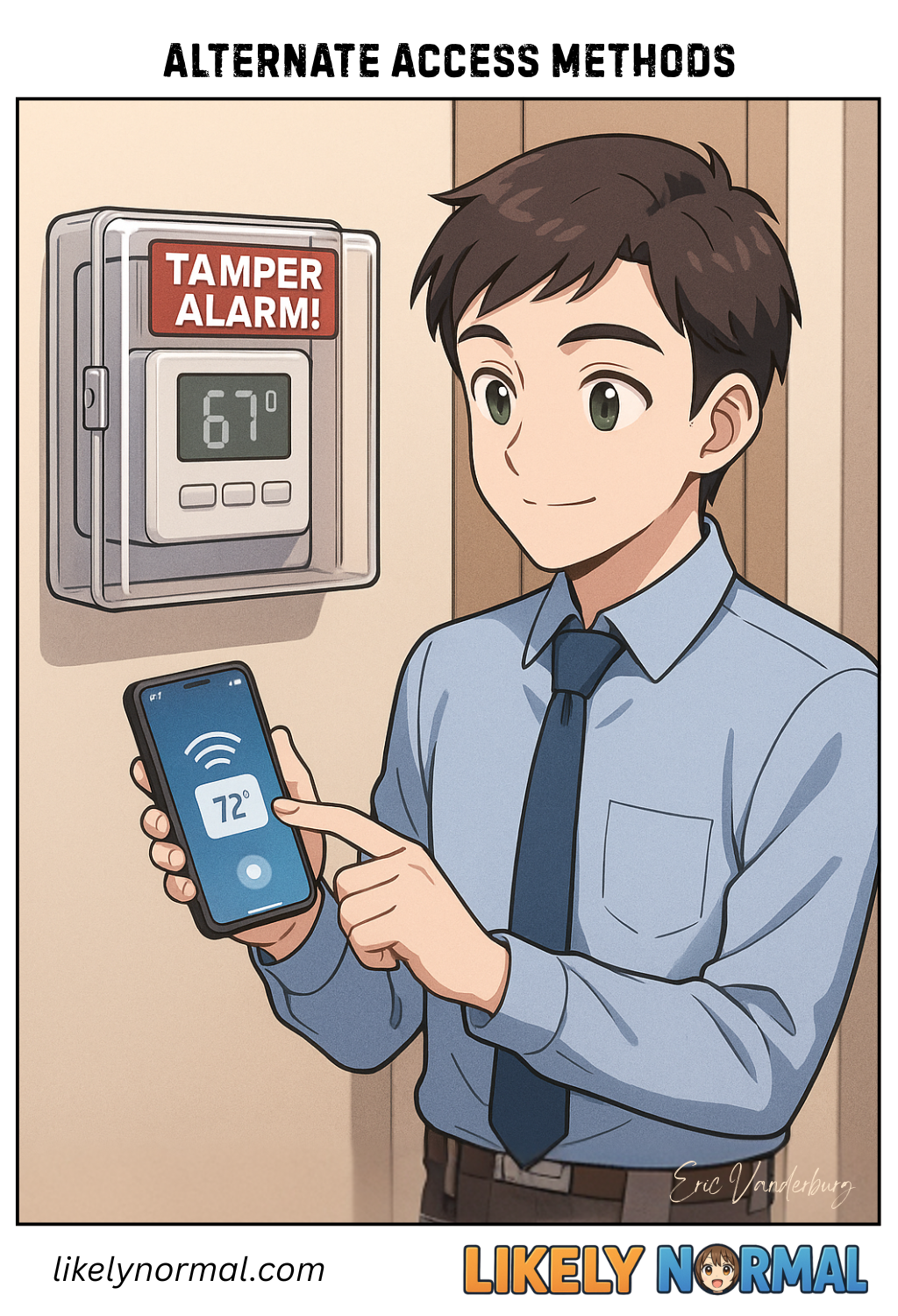Alternate Access Methods
We treat digital security like we’re building Fort Knox, complete with firewalls that could withstand a nuclear attack, encryption protocols that would make a cryptographer dizzy, and enough multi-factor authentication steps to qualify as an obstacle course. Yet somehow, hackers still waltz in through the digital equivalent of an unlocked screen door – usually something embarrassingly obvious like the never-changed default password on the office smart fridge or that one legacy system everyone forgot about because it was only used by the summer intern in 2012. It’s like installing a state-of-the-art security system for your mansion while leaving the spare key under a rock labeled “SPARE KEY HERE.”
The anatomy of many major breaches read like a dark comedy: IT spends months hardening servers against zero-day exploits while the attacker simply phishes someone in accounting who still uses “Password123.” The security team blocks every suspicious IP address except the one belonging to “TotallyLegitVendor.biz” because someone marked it as trusted during the Obama administration. We monitor employee web browsing like hawks but somehow miss the unauthorized FTP server running in the basement that’s been happily leaking data to who-knows-where since last Christmas.
These vulnerabilities are almost always the digital equivalent of leaving your car running with the doors unlocked – painfully obvious in hindsight. That unpatched WordPress plugin from 2018? The printer with remote admin enabled? The test environment that somehow had full production access? Each one might as well have had a neon “HACK ME” sign blinking above it. Yet we’ll continue to invest in flashy new security toys while the most common attack vector remains that one service account with eternal admin privileges that three departments swear isn’t their responsibility.

Discussion ¬